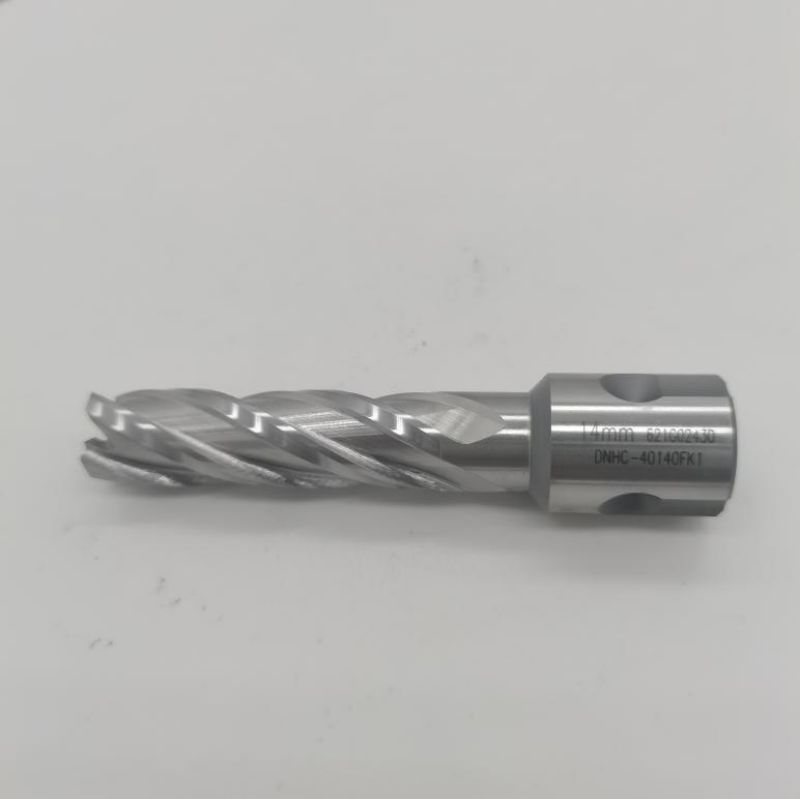The main handle types on the market are divided into universal handles, right-angle handles, overtone handles, and threaded handles.
Universal handle
Those with three holes in a plane, or only three holes, are universal handles, also known as Nitto handles. They are special handles for Japanese Nitto magnetic drills. Originally there were no planes and only three holes. Due to the sharpening used in China, A flat surface, so now it can also be used with right-angle shank drill bits, also known as universal shank.
Right angle handle
The right-angle shank (two-point positioning), also known as the Baide handle, is a special shank type for German Baide magnetic drills. The two planes and the right angles of 90 degrees are right-angle shanks. It is the most widely used handle type in the market today. The German Baide Yes, German and British magnetic drills (except Overtone) such as German Opal and German Opal all use this handle type.
overtone handle
The four holes without a flat surface are the overtone shanks, which are special shanks for German overtone magnetic drills, but the diameter is smaller than the right-angle shank and the universal shank (19.05mm), which is 18mm, and the thimbles are all made of fine thimbles of 6.35mm, which are mainly used in The German FEIN magnetic drilling rig cannot be installed on other imported drilling rigs. Domestic drilling rigs currently use right-angle shank type (two-point positioning) to install drill bits.
threaded shank
It is rarely used in the general market, so you don’t need to worry about it. It’s just that rail drills with threaded shanks sometimes come into contact with when drilling rails on railways.
Precautions for useEdit Broadcast
1. Before starting drilling, make sure that the tool is fully installed and is not loose or clamped.
2. When using a magnetic base drill to drill holes, you must ensure that there are no iron filings under the drill’s magnet block, the adsorption surface is flat, and the machine does not swing or is not fully adsorbed.
3. Sufficient cooling should be maintained from the beginning of drilling to the completion of drilling. It is best to use internal cooling if possible. Insufficient cooling can easily cause tool damage.
4. The feed should be slow and steady at the beginning of drilling. After cutting into 1-2mm, the feed speed can be accelerated. When exiting the tool, slow down the tool feed speed appropriately, and keep the tool feed even during the intermediate cutting process.
5. The reasonable blade linear speed when drilling holes in carbide steel plates should be about 30 meters per minute, and the minimum should not be less than 20 meters per minute.
6. Carbide is a material with high hardness. The blade should be prevented from being bumped during storage and use, and impact should be prevented during use.
7. If severe vibration occurs when inserting the knife, check whether the rotation speed is too high and whether the gap between the machine guide rails is too large. Repair and adjust if necessary.
8. If you encounter boring machine shutdown during drilling, you should first cut off the power supply, manually rotate the tool in the reverse direction slightly to make the blade break away from the chip area, then lift the motor and remove the tool, and restart the operation after checking that there are no abnormalities.
9. When there are too many iron filings wrapped around the cutter body, you can use a hook to remove them after retracting the cutter.
Post time: Nov-13-2023




